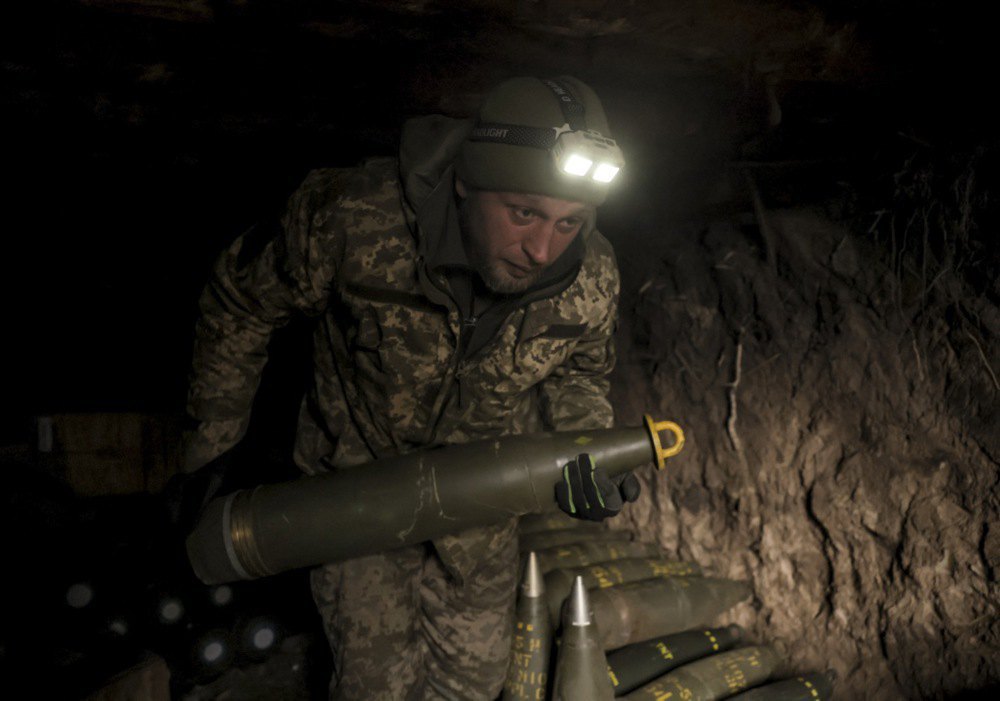
Even a 155 mm shell is now two to three times more expensive than a high-precision drone capable of striking a target beyond the horizon, with fibre optic guidance, at a depth of 25–30 km.
Such a scenario would have been unthinkable until recently.
However, with the global civilian market, automation, cheap labour and standardisation driving drone prices down, there is now a compelling reason to reduce the Kremlin’s stockpile of missiles.
In Moscow, mobile internet services are being cut off and zones restricting food delivery by mopeds and electric scooters are being introduced ‒ officials recall how a general who favoured chemical weapons died.
Naturally, communication in the Region is disrupted, and due to the mobile internet outage, payment terminals and ATMs are non-operational ‒ all of this is spreading rapidly.

The Domodedovo, Vnukovo and Sheremetyevo airports have been closed due to the presence of Ukrainian drones in Moscow Region ‒ a clear indication that the war is progressing “according to plan”.
If you want to see people carrying photographs of their grandfathers on sticks, you will now have to fly to neighbouring Regions and take a train to the capital. A perfect way to immerse yourself in the spirit of a victory that took place eighty years ago.
Last night, waves of drones struck Kubinka, home to Russia’s elite aerobatic teams, the Strizhi and Vityazy, on the eve of the parade. Fires reportedly broke out in fuel and lubricant depots as well as in facilities prepared for the next operational shift.
This is logical ‒ in the event of an attack, aircraft will be scrambled and tanks will burn for hours.
And Russians will be left wondering what the black smoke is about ‒ has a new Pope been elected, or is the “special operation” still going according to plan?
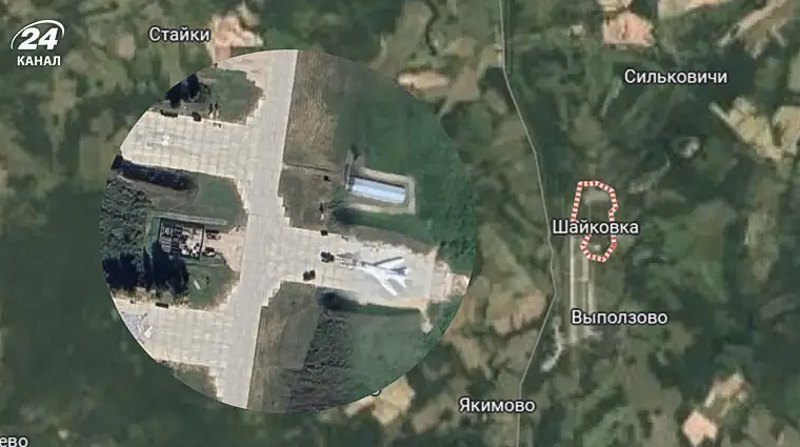
Shaykovka, a strategic aviation base, was also struck. Fires have been reported in areas where satellite images previously showed fuel and ammunition depots.
The fact that long-range bombers are being launched once again ‒ exhausting their service life and increasing the maintenance burden on the defence budget ‒ is highly beneficial, given that Ukraine continues to be targeted by X-101 missiles every two weeks.
The second wave struck Saransk ‒ once again hitting the Optical Fibre Systems facility. This time, the strike targeted a one-storey building rather than a high-rise workshop, with evidence of previous military activity still visible nearby.
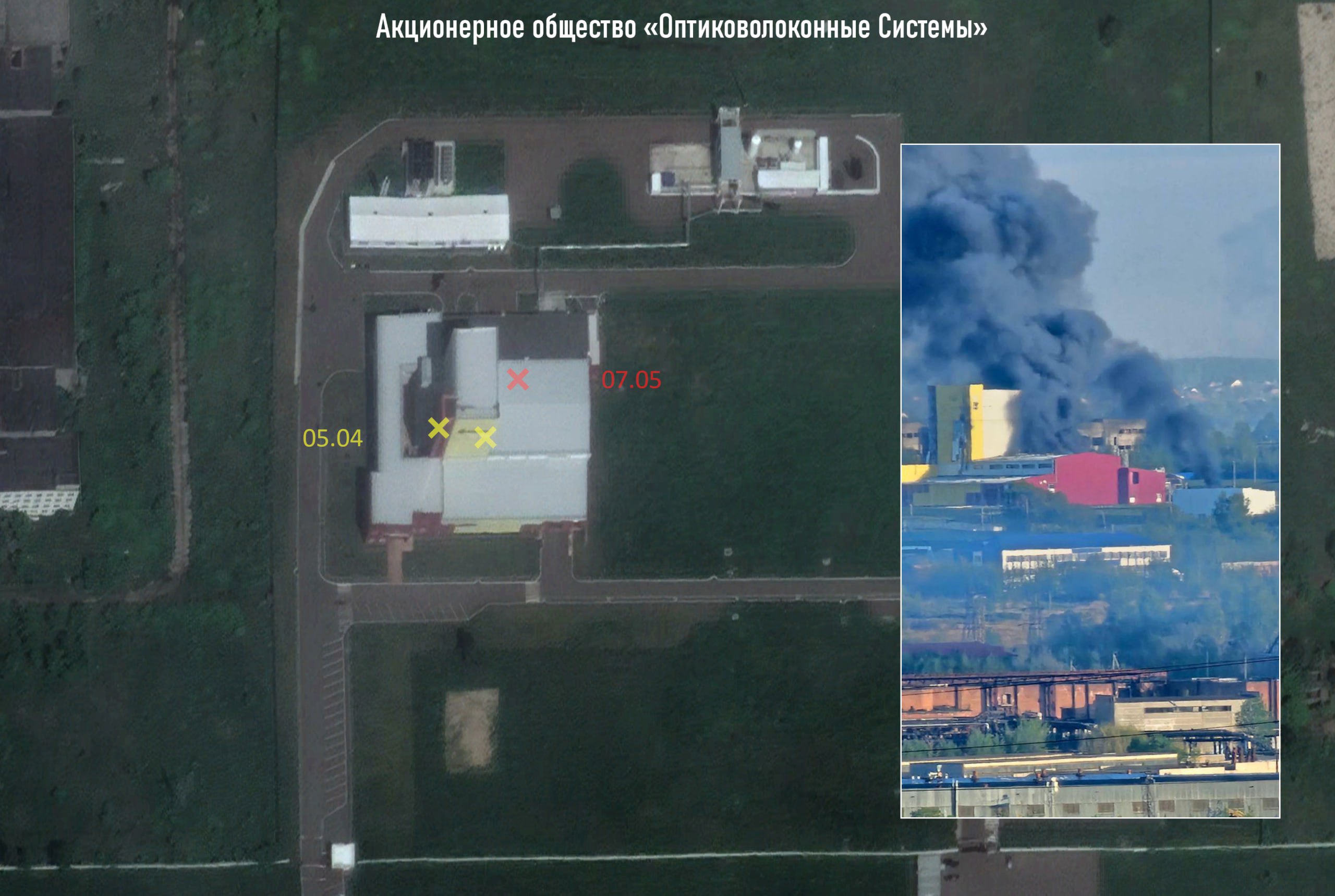
Reconnaissance, damage assessment, and repeated strikes indicate that flight routes are being calculated in such a way that air defence systems have yet to respond effectively.
Fires also broke out at Saranskkabel-Optika, which houses Russia’s only fibre optic production line in an aluminium casing.
The intense fire and the distinctive black smoke indicate that spools of raw materials are burning. The strike targets not only military technology, but also communications infrastructure, automation systems, and several thousand civilian jobs.
Naturally, this is not a panacea ‒ only one dimension of the war. The Russian military is advancing on the ground, using a combination of artillery, drones ‒ often with fibre-optic guidance ‒ and infantry assaults, supported by motorcycle and buggy manoeuvres.
The fibre-optic strikes are primarily aimed at logistics. Once these are disrupted, a concentrated section of the defence line is breached through numerical superiority, increased shell use, and air sorties.
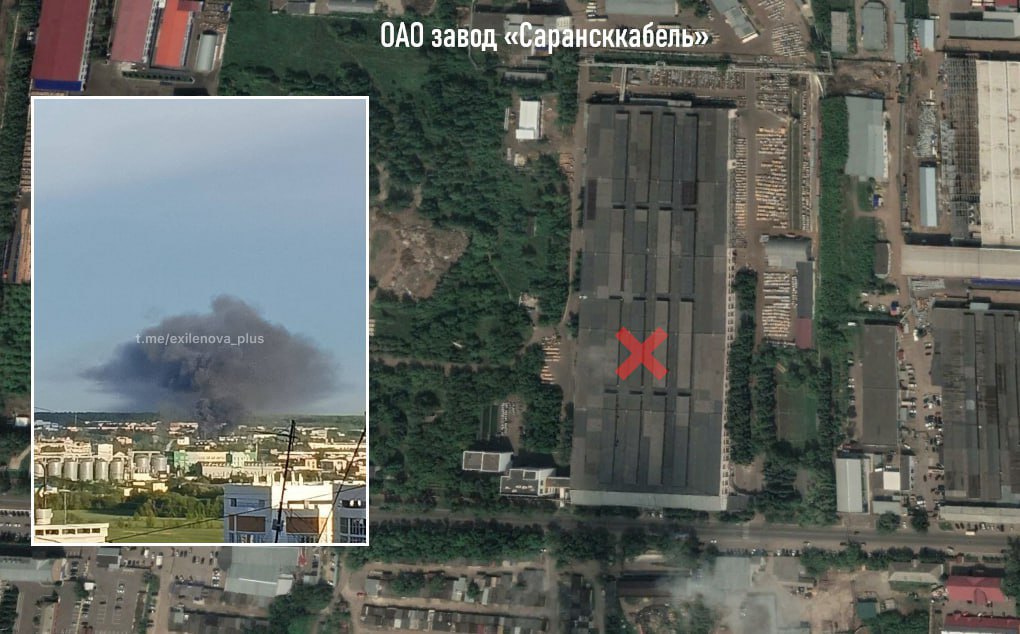
Alternatively, fibre-optic drones target electronic warfare systems ‒ once these are neutralised, conventional drones are deployed en masse across the affected sector.
Meanwhile, Russian RUBAKs, deployed from deeper positions in support, are then struck with precision-guided artillery shells, KABs, and missile systems.
It is more advantageous to carry out these operations not along a static front line protected by advanced electronic warfare stations, prepared drone interceptor positions, and dispersed drone operators ‒ but in areas of movement and tactical fluidity.
To this end, the Russian military does not hesitate to expend motorcyclists or another column of airborne troops.
This gives the Russians a degree of mobility, but it does not translate into success at the operational level ‒ there are no rapid mechanised breakthroughs leading to rear-area disruption, encirclement, or command breakdowns.
And, incidentally, the ongoing battles near Tyotkino and in Belgorod Region are not isolated examples of this approach ‒ such operations include raids, assaults, and attempts to catch Ukrainian forces during rotation.
The war remains a positional one ‒ protracted, gruelling, and bloody for both sides. In such a context, it is vital to strike not only at economic bottlenecks and the military-industrial complex, but also at morale.
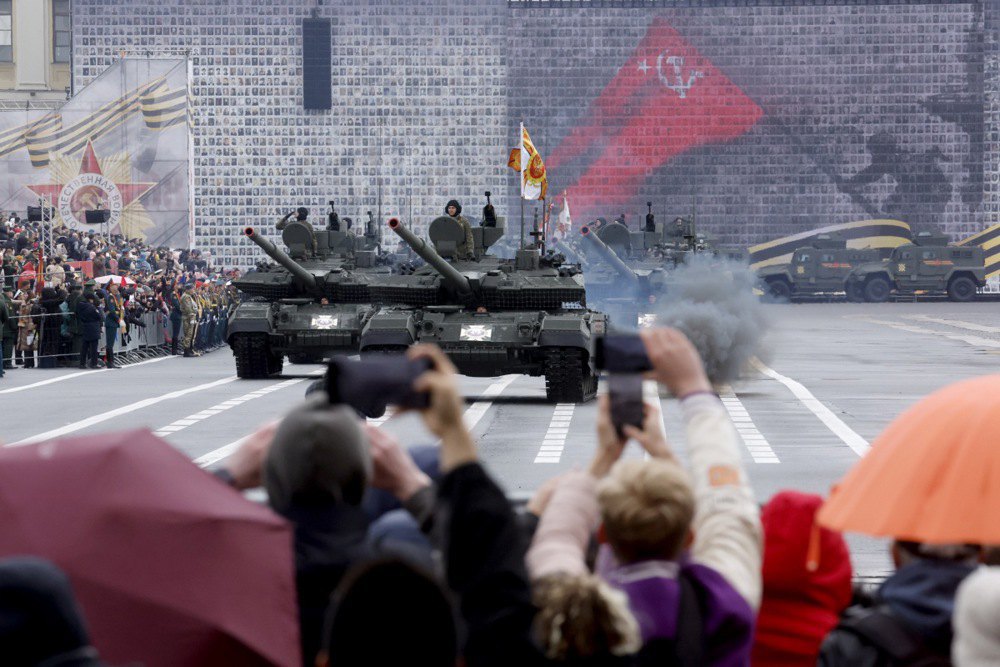
The upcoming parade is simply a pretext to highlight what is already widely understood: after three years of attempts to demilitarise Ukraine, more and more equipment continues to arrive with each passing month.
The fact that President Putin has begun threatening to strike Kyiv with the Oreshnik missile is a clear sign of weakness ‒ it is no more advanced than Korean OTRKs or the Iskander system, but Russia has no other remaining threats to issue.
Nevertheless, the idea that Moscow can endlessly assault prepared defensive positions using human waves ‒ while continuing to funnel resources under sanctions and absorb long-range Ukrainian drone strikes against its industry ‒ is an illusion.
Morale is a fragile thing. But even within the Russian Federation, it is becoming increasingly evident that if, in the tenth year of war, there are ATM outages in Moscow Region, street battles in Tyotkino, and black smoke rising on the horizon, then the so-called demilitarisation is clearly not going to plan.







